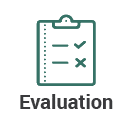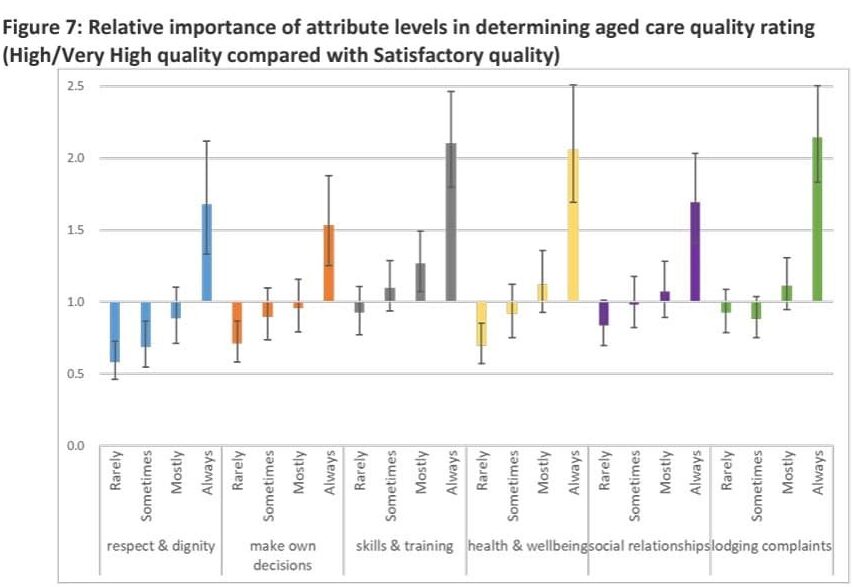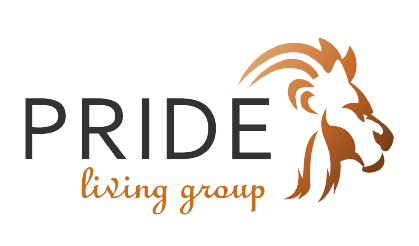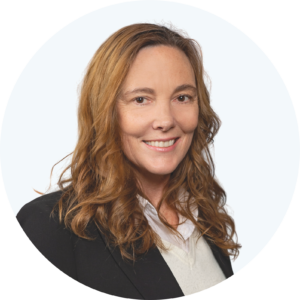Every operator knows that sustainable financial performance starts with maximising income from residents and to do this you need high occupancy 92%+, yet average occupancy is declining. This suggests there is a significant opportunity for providers to implement strategies that are proven to deliver occupancy which will translate into more revenue and improved sustainability. In this insight, we will share our tips on the three key drivers of high occupancy:
- Enquiry volume and management
- Brand reputation and customer satisfaction
- Systems and measurement
We have found that providers who focus on continuous improvement in these drivers by embedding robust capability in their people, systems and processes consistently achieve high occupancy.

 An effective Enquiry Generation & Management System
An effective Enquiry Generation & Management System
For aged care providers, rather than use the term CRM (Customer Relationship Management), we prefer to focus on EMS (Enquiry Management System).
All EMSs encompass the following steps:
Step 1

Step 2

Step 3

Step 4

Admission of a new resident is the culmination of these four critical steps taken by the resident and or their family. A potential resident can fall away at any of these stages. Evaluating the effectiveness of each critical step in your enquiry management system is how you ensure you maximise the number of new admissions.
While monitoring the number of tours that result in an admission is quite common, analysing steps 1 & 2 is often missed and can result in your facility not generating the enquiry needed to achieve the admissions that will support your occupancy target.
The following table provides a summary of the goal of each step and the key system measures that allow those with responsibility for occupancy to have confidence that your EMS is working to support the goal of high occupancy.

 Investigation Stage –
Investigation Stage –
Ask a Friend or Phone an Expert
Asking a friend whose loved one you know was in a facility, asking your doctor/hospital, google searching “Aged Care facilities near me” or acting on advertising you’ve seen…
If you’ve ever been in a position where you or your loved one needed aged care and didn’t know how to proceed, you likely started with one of these options.
Unsurprisingly, this is what people requiring aged care do and most won’t go to the My Aged Care Website.

How you manage these channels determines how many people will include you in the initial investigation stage. As no one can get to second base unless they get to first base, knowing which channels cause your name to come up when people are investigating their options is essential.
Channel management including reviewing referrer engagement goes beyond hospital discharge officers or social workers, it includes community engagement relevant to your market and how many of your current and past clients are promoters of your service. A channel management program ensures you know which channels are working and just as importantly which ones are not.
The perception of your facility or organisation held by the referrers is critical to your reputation. For example, do they know what you offer and what your care expertise is?
A client with two facilities monitors visits and calls that come from Google searches, they actively use Facebook and Instagram, and occupancy is consistently above target.
In a case with another provider, we were conducting a referrer engagement audit and we discovered that key referrers were unaware the facility we were auditing had recently completed a new wing. Pleasingly after our audit, this provider improved their channel management and occupancy is now above target.
Having clear responsibilities and measuring activity and outcomes positively impacts the number of times your facility comes up at the investigation stage.
 Enquiry stage –
Enquiry stage –
The fish are biting
Having found you in the investigation stage, if the channels represent you favourably, then you get an enquiry. This is the start of your journey of managing the individual opportunity.
Moving into residential care is a complex decision, this means it is multistage and multi-factorial. If you want to convert the enquiry into a resident, you have to know how to “play and land the fish”. This involves understanding the decision drivers, pacing out objections, highlighting benefits and most importantly maintaining momentum.
This is where the formal EMS system is gold!
A multi-site provider we worked with utilised an excel spreadsheet as its EMS. Because the spreadsheet was stored on one person’s computer, staff other than this person were unable to access vital information when they needed to respond to or assist enquirers through the process.
In practical terms, this meant that enquiries could not be handled quickly, and it gave other providers the opportunity to appear more responsive and customer focussed – important factors in intending residents’ decision process. Occupancy rates were low, however, as they did not measure conversion rates, it was difficult to establish whether this was a failure at the channel management level or the enquiry management level.
Common shortcomings in enquiry management we see include:
 Evaluation stage –
Evaluation stage –
Simplicity and Confidence Rule
The evaluation stage is where the enquirer is reducing their options, typically from the four or five facilities, down to the two they will compare and contrast to decide which facility to go with. Your goal in the evaluation stage is to be one of the final two and then to win at least 50% of the time.
When we are confronted by complex situations, we tend to go for the outcome that appears simple/clear and allows us to feel confident we’ve made the right choice.
Knowing this, we are constantly surprised at how complex providers make the entry process, from explaining the costs using jargon (RAD/DAP, Combo, MTCF, BDF) to those bulky enquiry packs.
Providers with high enquiry conversion rates talk about benefits more than features.
For example, while it’s nice to say you have a regular happy hour, what the enquirer wants to hear is:
We are working with a number of providers to help them develop a means of giving enquirers an estimate of the total monthly cost they will have to pay rather than telling them about all the individual costs and allowing them to try to figure it out. Taking away the risk of higher costs is a major positive decision factor for residents.
 Selection stage –
Selection stage –
Success is winning some of the time
Being selected to provide care for a resident is simply a result of your management of the first three steps. If you are in a two-horse race, then you’d be happy to win 50% of the time.
The trouble is most providers don’t know or even have a goal for how many enquiries they want to convert to new residents. Of course, this means they don’t know how many enquiries they need to generate in order to achieve their occupancy goal.
So really, if you’re struggling with occupancy, then perhaps the first place to start is to measure how many enquiries you get and of these, how many you convert to residents.
Let’s say you get ten enquiries, and this results in two admissions. If you want three admissions per month, then you either need to increase your conversion rate by 50% or you have to increase the effectiveness of your channel management by generating more investigators, converting more investigators to enquirers or converting more enquirers to selectors.
Clearly, being more effective at moving people to the next stage is the easiest and most controllable aspect of the EMS.
 People talk –
People talk –
High Customer Satisfaction & Active Engagement is critical
At the start, we said that another way we gain confidence is to read the stories of other users of a service – enquirers often ask a friend. This means the voices of your customers within the channels of our EMS are critical.
Residents’ loved ones are often the most vocal advocate or complainant and health professionals don’t want someone to come back to them with negative feedback on a facility they suggested.
The way to manage this is to get regular customer feedback and to calibrate this into a meaningful measure, Net Promotor Score is one method. The other key activity is to share the results and positive stories with your channels. This turns them into advocates for your service.
You don’t actually have to do many things well to get positive ratings from your customers. Figures 6 & 7 from Research Paper 6 by the Royal Commission set out the things you need to do well to get positive consumer ratings, as either a satisfactory or high-quality rating.


Of course, once you ask the question, the critical issue is how you address negative views.
Because enquirers don’t have an experience of your facility, consumer stories and consumer ratings are extremely important inputs to their decision.
 Good Customer Service
Good Customer Service
There are many definitions of what constitutes good customer service. Customers include all relevant stakeholders to the business – your residents, their relatives, community groups and referrers, suppliers and colleagues.
We know what is required to deliver good customer service/experience:
To deliver good customer service, your front of house staff need:
Unless your EMS includes training staff in how you want them to deal with enquirers, then they will do what they think is right. Moving enquirers through the decision stages is critical to occupancy and financial sustainability.
Are you confident your front-line staff are interacting with enquirers and customers to maximise your occupancy?
 How we can help
How we can help
For providers looking to review and build improved structure and outcomes influencing resident satisfaction and occupancy, Pride Living gives support to providers through the following ROAR (Reimagine Occupancy & Accommodation Revenue) services:


